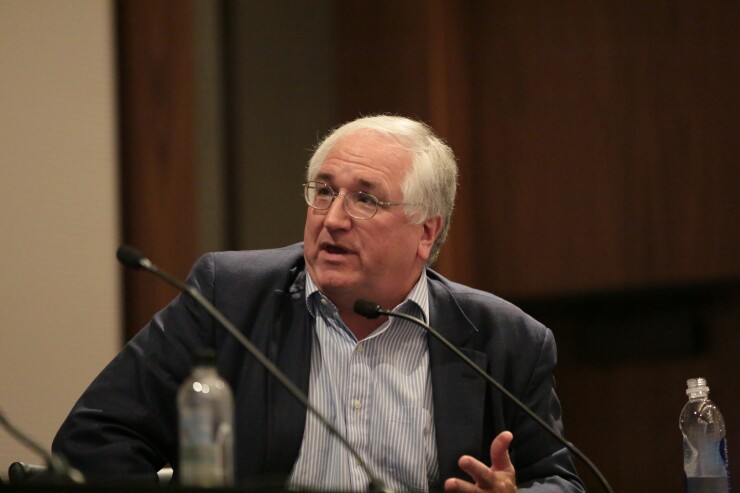In a move to increase the attractiveness of its Real-Time Payment (RTP) network, The Clearing House is raising the transactional limit for single payments to $100,000 starting Feb. 1.
The change in maximum amount of a single real-time payment will quadruple the size of the existing $25,000 limit in a bid to make the RTP Network more attractive to both financial institutions and users. It will also create an additional point of differentiation between the bank-owned TCH’s RTP network and other rival private and public faster payment networks. For example, the Automated Clearing House, which processes the bulk of all electronic transactions by value according to the
While TCH tries to make the RTP network more appealing, the Federal Reserve is seeking to build a potentially competitive real-time payment network called the
There are also
“Increasing the transaction value limit to $100,000 is the next logical step for the growing RTP network. Businesses and consumers often want to send higher value payments and the $100,000 limit helps to address their needs,” said Steve Ledford, senior vice president of product strategy at The Clearing House, in a press release.

The new rules will require depository institutions on the RTP network to accept real-time payments of up to $100,000 in value. However, the individual financial institutions operating on the RTP network will be allowed to set lower limits for the transactions that they originate.
One major challenge posed by the increased maximum payment limit is the perception of an increase in the level of risk to the operators on the network, as real-time payments leave little margin for error in mistakes and require vigilant anti-fraud controls. This is due to one of the key tenets of a real-time transaction being irrevocability. In other words, a mistaken or fraudulent transaction that is processed in real-time typically cannot be clawed back.
TCH launched the RTP network in 2017, and despite a slow adoption rate it now has 21 of the top 25 banks live on the network, enabling over 50% of DDAs to receive real-time payments. One major challenge for TCH is getting small banks and credit unions to offer its RTP service. In July, almost two years after the launch of RTP, TCH announced





